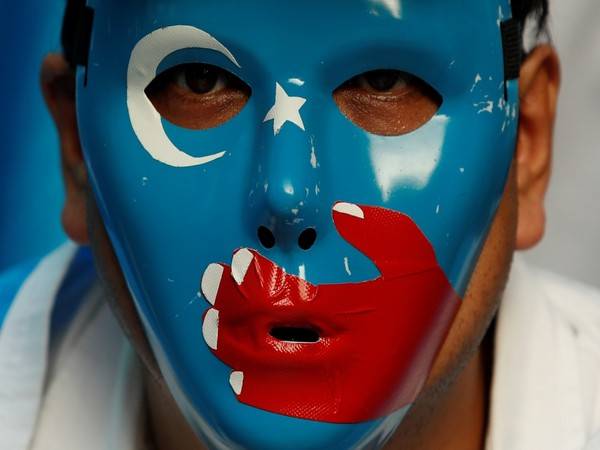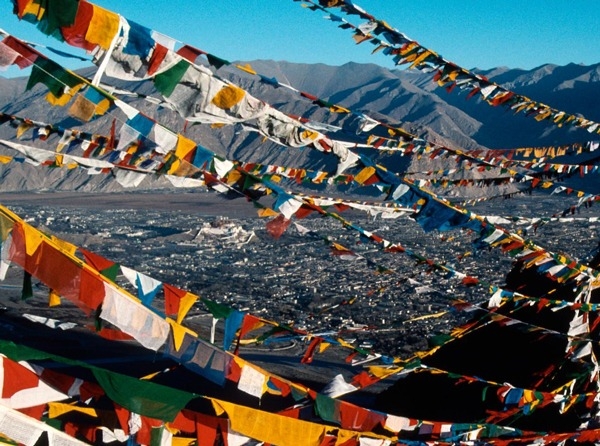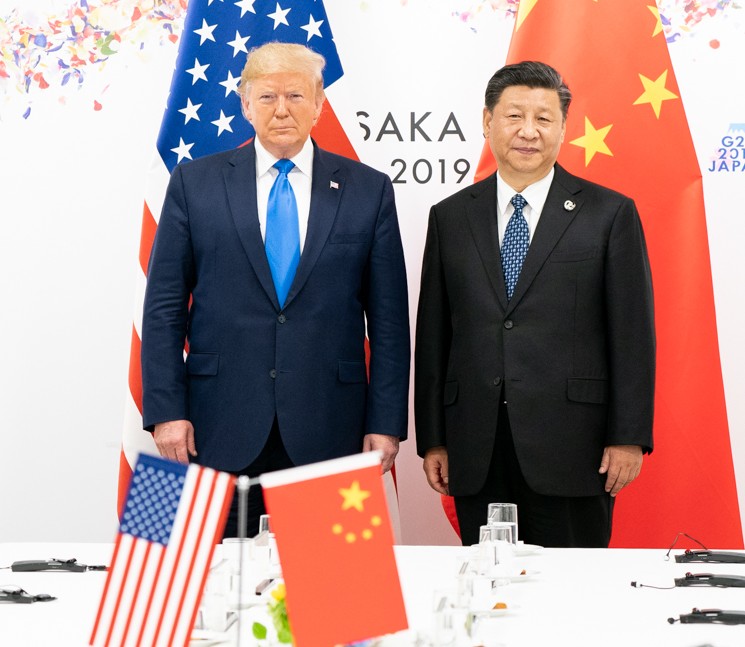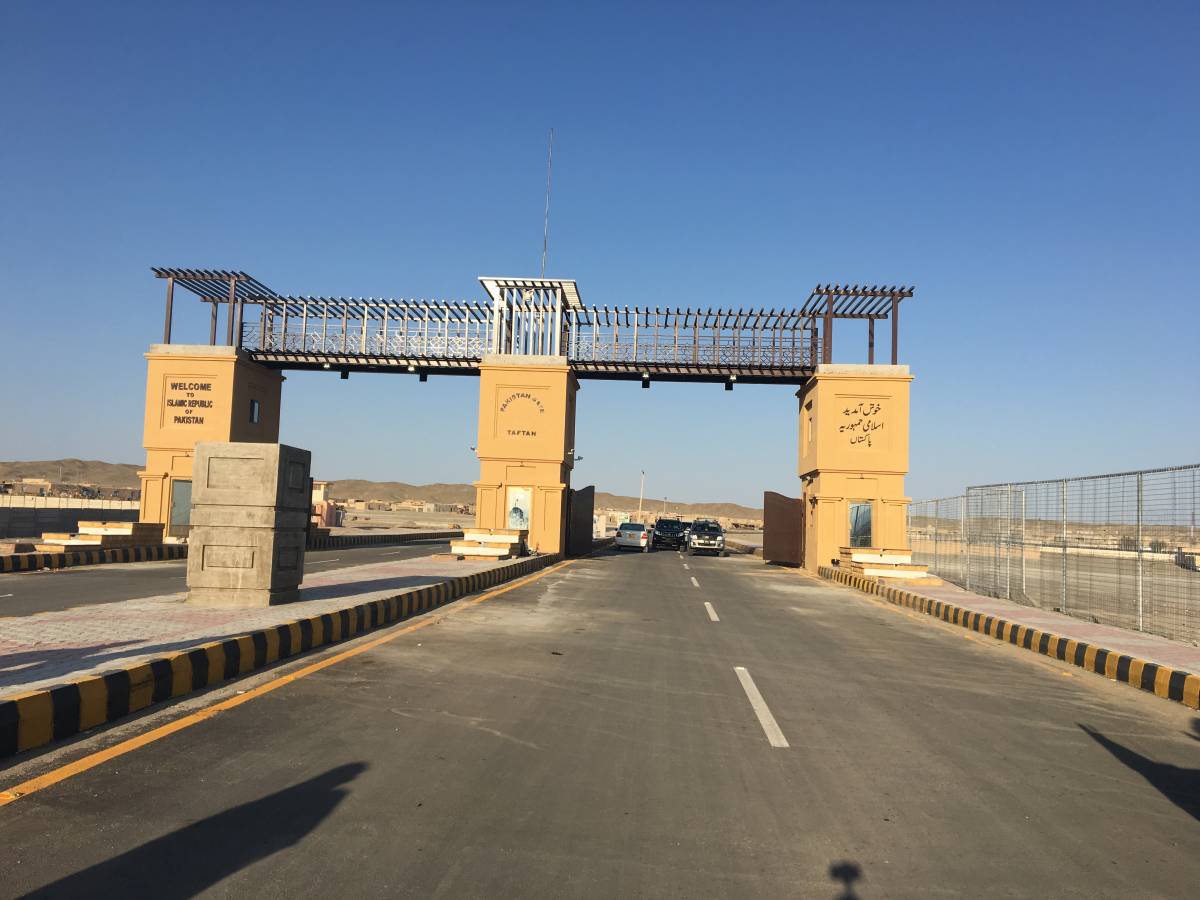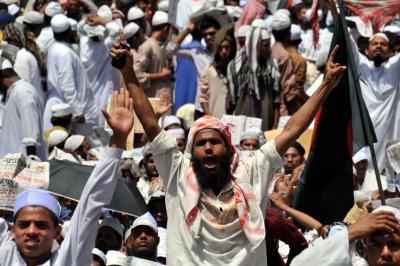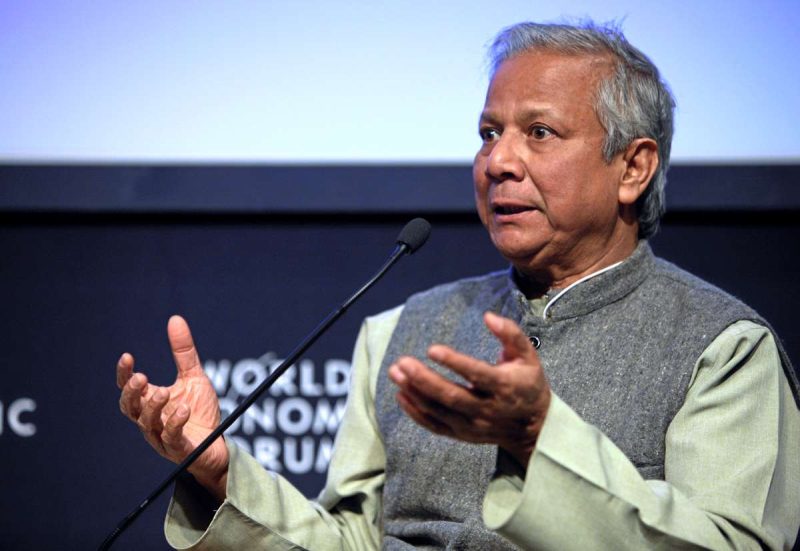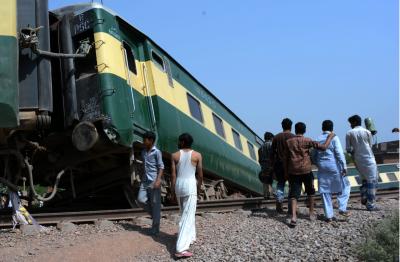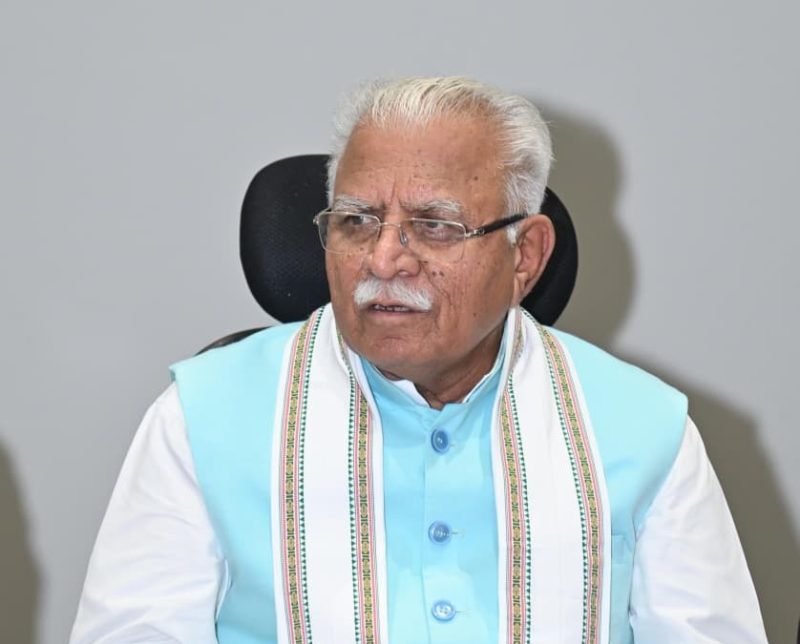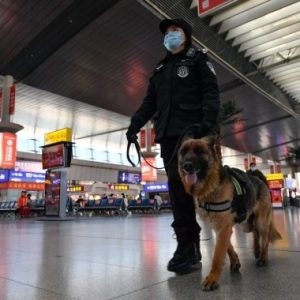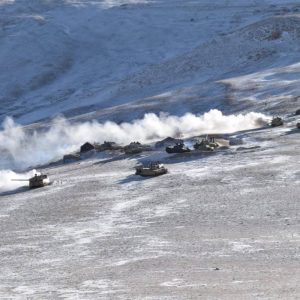The year marks China’s diminishing stature on the world platform amid its ‘Zero Covid’ policy, human rights violations and falling GDP growth…reports Asian Lite News
China had been praised worldwide for lifting its 60 per cent of population out of poverty, according to reports. However, 2022 marks Beijing’s diminishing stature on the world platform amid its ‘Zero Covid’ policy, human rights violations and falling GDP growth.
Among the world’s 15 most populous developing countries, China has seen the greatest drop in poverty rates. China’s transformation from an agrarian society into the world’s second-largest economy has lifted hundreds of millions of people out of extreme poverty. China was responsible for just over 60 per cent of this decrease. Decades of rapid economic growth in China helped to lift 748.5 million people out of extreme poverty, dropping the country’s poverty rate from 66.3 per cent to just 0.3 per cent, according to reports.
However, as Chinese leader Xi Jinping kicks off his third term as general secretary of the Chinese Communist Party (CCP), Beijing is reeling under economic stress due to the real estate crisis and zero-Covid policy, deeply affecting its manufacturing units.
China’s gross domestic product (GDP) is expected to grow at 5.5 per cent in 2022, the lowest in more than 30 years.
China’s GDP growth target for 2022 is sharply lower than 8.1 per cent expansion in the economy achieved in 2021.
The annual official growth target was revealed by Premier Li Keqiang in the Government Work Report that was delivered to the opening of the annual session of the National People’s Congress (NPC), the country’s top legislature, on Saturday morning, Global Times reported.
China’s GDP growth target of 5.5 per cent for 2022 was the lowest since 1991. Another closely-watched data was China’s deficit-to-GDP ratio, which was around 2.8 per cent for 2022, according to the Government Work Report.
Moreover, China deferred the scheduled release of its third-quarter economic data sparking immediate speculation of a slowdown in its GDP growth rate.
During the 20th Congress of the Chinese Communist Party (CCP), no no explanation was given for why the data was not released as planned. Apart from the overall GDP number, the releases were supposed to include the details of monthly industrial output, energy production, fixed asset investment, property investment and sales, retail sales and housing prices, reported The Sydney Morning Herald (SMH).
The obvious conclusion is that the numbers might have embarrassed Xi had they been released even as the Congress was being asked to approve his third term, rubber-stamping an unprecedented extension of his period as party leader.

Also, the International Monetary Fund forecasted growth of 3.2 per cent in China’s economy for 2022. The reasons for why China’s growth rate has slumped are well understood.
The major one is Xi’s harsh ‘Zero Covid’ policy, which has seen near-continuous rolling lockdowns of China’s major cities and industrial hubs. In the second quarter it was a protracted lockdown of Shanghai that was a major factor in the economy’s stagnation, reported SMH.
The property crisis, triggered by Beijing’s imposition of hard limits to property developers’ leverage, has caused an implosion of the developers, a spate of defaults on their debts and a slump in house prices and sales.
There have been spillover effects into other sectors reliant on the property industry and a widespread revolt by mortgagors, who had borrowed to fund purchases of apartments before they were built, now find themselves with debts but no apartments. Local governments that rely on property sales for much of their income are also stressed.
Unemployment among 16 to 24-year-olds is nudging 20 per cent and has more than doubled during Xi’s current five-year term.
Chinese consumers have become cautious, with retail spending slumping and the slowdown in the rest of the world threatening its exports, reported SMH.
For the first time in living memory China’s economy might grow at a lower rate than the rest of the emerging economies. That’s hardly outstanding.
Given all the headwinds China’s economy is facing and Xi’s continuing commitment to stringent responses to Covid outbreaks, it, perhaps, isn’t surprising that anything less than positive news about the state of the economy would be delayed until the Congress has concluded and his continuing leadership confirmed.
Niels Graham, an assistant director at the GeoEconomics Center, writing in Atlantic Council said that the decisions he makes during this third term risk reducing the Chinese economy by as much as five trillion dollars over the next five years, with potentially devastating effects for global growth.
The economy that greets him today is vastly different from the one that saw him ascend to his role a decade ago. When Xi became China’s leader in 2012, he inherited a nation of newfound wealth growing rapidly. Expanding at an average pace of around 7 per cent a year, the Chinese economy nearly doubled in size over the course of Xi’s first two terms.
Now, the situation is markedly different. For the first time since 1989, China will miss its annual gross domestic product (GDP) growth target, said Graham.
Officially, Beijing points to the sweeping Covid-19 restrictions it has implemented across the country to explain the slowdown, reported Atlantic Council.
Meanwhile, China’s extreme Covid-19 testing policies are projected to give a blow to the country’s Gross Domestic Product (GDP) by about 1.5 per cent, said media reports.
China has ramped up its testing with the country now requiring nucleic acid tests done within the past 48 hours just to enter public spaces, offices and even schools. However, it is estimated that the testing could cost some 1.7 trillion yuan a year in China’s major cities alone, or about 1.5 per cent of the country’s gross domestic product.
Moreover, the emotional toll of China’s ‘Zero Covid’ strategy has also taken a toll on the Chinese people. This emotional toll has outweighed everything else. But it is interesting to note that China is still insisting that these stern policies are the only way to go, reported Straits Times.
The world is now more than two years into the pandemic and with this China’s Polymerase chain reaction (PCR) tests, quarantines and flash lockdowns have almost become a part of “normal” life.
Meanwhile, nothinghas rocked the Chinese society under President Xi Jinping’s leadership to date more than the ‘Zero Covid’ policy which appears to have failed miserably as China is still struggling to cope with the daily rise in cases inside the country, according to Colombo Gazette.
The policy was introduced by the government in view of a resurge in coronavirus cases in China with 1,000 new cases being reported each day. The Covid policy has, however, led to fear, anger, and confusion among Chinese citizens caused by repeated lockdowns in vast areas.
The curbs were even more harsh and stringent in Xinjiang where residents kept pleading for food during the lockdown and in Tibetan capital Lhasa, angry crowds seen protesting in the streets after being at home for more than 90 days.
Moreover, after the severe Covid outbreak in August and September, Chinese officials imposed strict lockdowns in Xinjiang which resulted in some deaths of Uyghurs from starvation as well as lack of medical care, as per Radio Free Asia.
The local officials also detained 600 Uyghurs from a village in Ghulja (Yining) in the northern part of Xinjiang after they protested the lockdown that has made the lives of locals miserable.
Also, China made a mess of alleged human rights violations resulting in loss of respect among the world. They are suspicious of China over the human rights violations of Uyghurs in its Xinjiang region.
Xinjiang have long faced prejudice and persecution. Beijing launched policies of assimilation and strict police control on the pretext of fighting terrorism and secession. Chinese authorities allegedly suppressed Uyghur calls for autonomy and their religious expressions.
These policies have in recent years developed into a program of ethnic and religious persecution. More than one million Uyghurs and other Turkic minorities are held in more than 300 detention facilities, while twice as many are reportedly receiving “re-education”.
Many people have experienced torture and forced labour in detention. Outside the detention facilities, Chinese authorities have imposed a pervasive system of mass surveillance, controls on movement, arbitrary arrest and enforced disappearance, cultural and religious erasure, and family separation on Turkic Muslims. (ANI)



